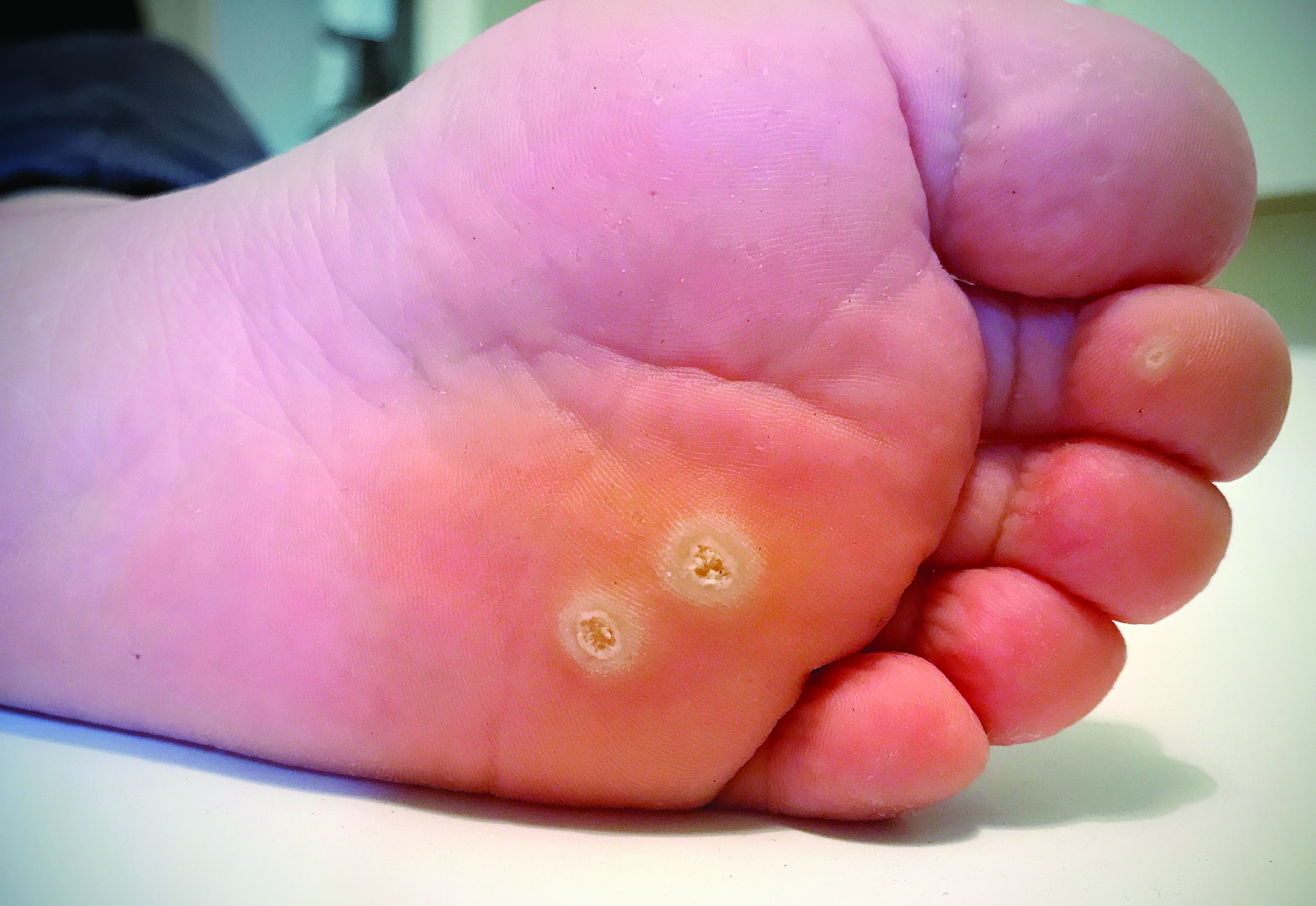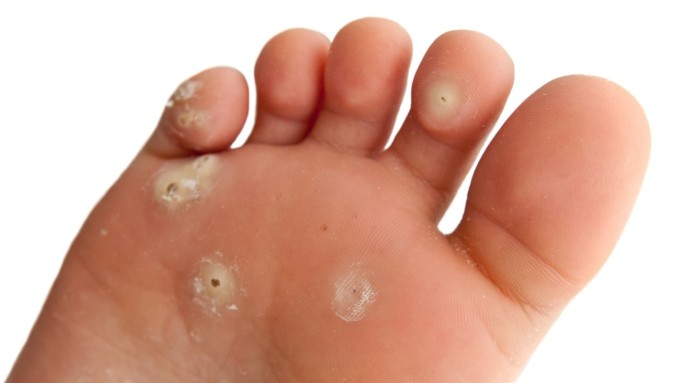We tend to think of summertime as being the most likely season of the year to contract a plantar wart especially when children have been spending a lot of time at the local swimming pool or perhaps at summer camp.
However, the winter months are not without risks too. It can also be just as possible for anyone to get a plantar wart. The virus that causes these warts is HPV (human papillomavirus). It is extremely infectious and can lurk on surfaces, clothing, towels and skin.
And just because it is winter, it does not mean that the virus cannot be passed on. Think of gyms, locker rooms, indoor swimming pools as well as teens and children at schools.
How HPV Affects the Development of Warts
Direct contact with any HPVs can infect your skin or your child’s skin through a scratch or wound. The virus then grows inwards. There is thickening and damage to your skin followed by the appearance of plantar warts.
Fortunately, these warts are non-cancerous growths which form round areas within the skin similar to the warts that can occur on hands. They can be difficult to spot at first when they are small and are often painless but that is the easiest time to treat them.
I will never forget the plantar wart that I picked up at a public swimming pool in England when I was a young teen living there in the 1960s. It stayed with me for over a year and at times was extremely painful.
Our doctor tried all sorts of lotions and potions but without success and in the end, my mother took me to a foot specialist and with the help of a local anesthetic, he actually cut it out.
By that stage, it was the size of a large marble and it left behind a big hole and a fear of plantar warts!
Treat Plantar Warts When They Appear
Plantar warts usually appear as areas of rough skin with a dry crusty surface and tiny black dots deep inside and as they grow. They can become very painful as pressure is applied to them – for example when walking.
Some people believe that these tiny black dots are “roots” or “seeds”, but this is just a myth as they are actually just dried-up capillary blood vessels.
How to Identify a Plantar Wart

If you are not sure whether you have a plantar wart (as they can sometimes be confused with a callous) just squeeze the lesion between your fingers as if pinching.
If this action is painful, you can be pretty sure you have a plantar wart that you need to treat. There is no way to prevent plantar warts apart from taking care not to walk barefoot in suspect places.
It is not known why some people pick them up so easily while others never get them at all. If you were to avoid exposure to HPV, it would mean total isolation.
Although they are considered non-cancerous growths, in very rare instances if left for years and years they could become cancerous.
Apart from the more obvious safeguards of protecting your feet against plantar warts such as not sharing towels or washcloths even with members of your own family, and wearing flip flops in locker rooms, public showers and swimming pools, you also need to be aware of a new culprit as a possible source of infection for plantar warts and that is infected exercise or yoga mats.
This has started to worry many yoga practitioners who go barefoot on high traffic mats and so it is a very good idea to have your own exercise or yoga mat.
Also, never one to miss an opportunity, commerce has stepped in and already half a dozen different kinds of yoga-mat “wipes” are now available all over the USA plus new products like hand and foot mitts (to protect yoga and other exercise enthusiasts) have hit the marketplace.
Different Spellings and Names for This Condition
Plantar warts have several different names (or spellings) such as planter warts, planter’s warts and verrucas but whatever the name, these flat surfaced warts can be very tender, painful and stubborn.
Because they appear on the sole (or plantar surface) of your foot, this is where the name plantar wart is derived from. You can also try treating warts with a natural treatment, like the H-Warts formula.












